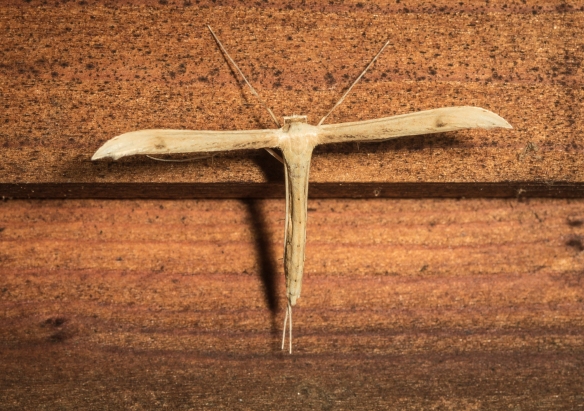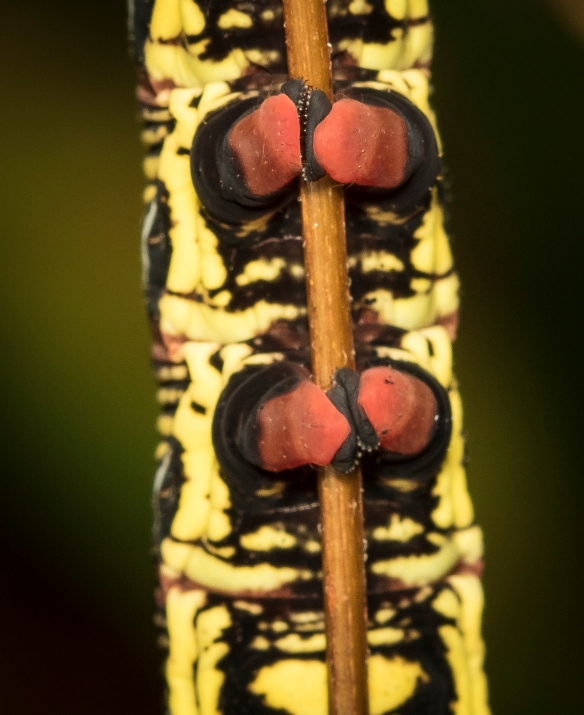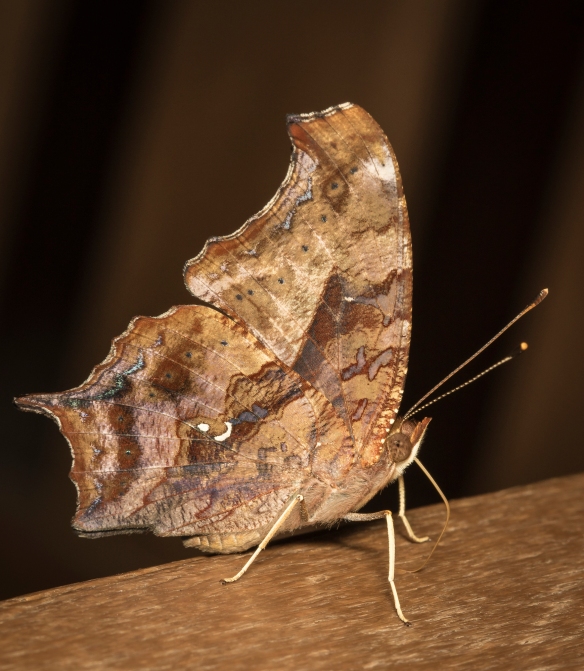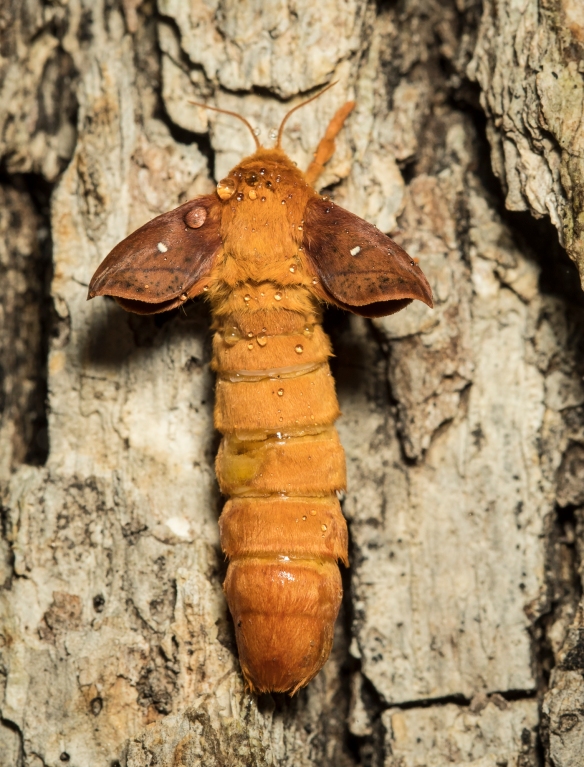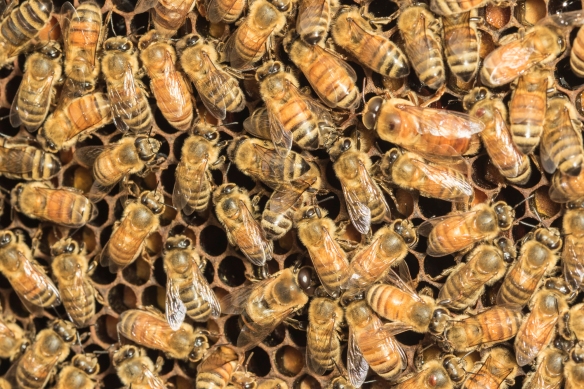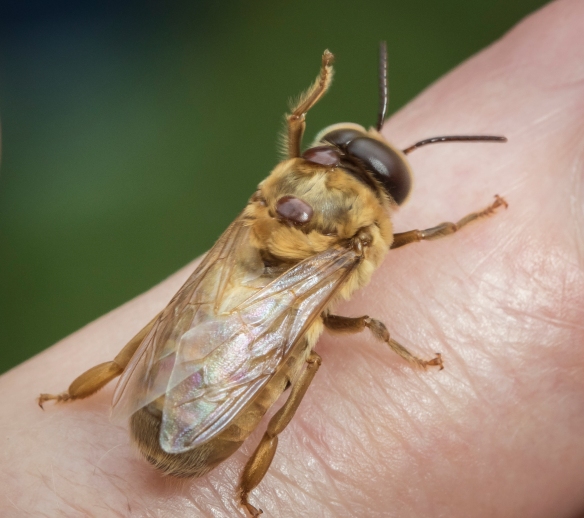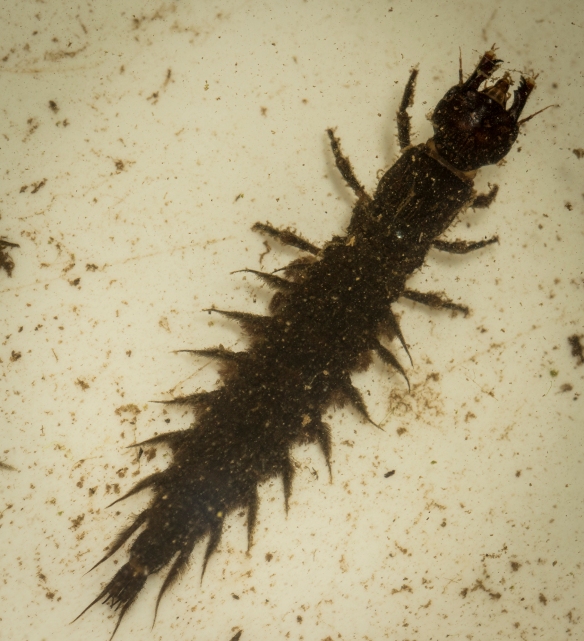Children should be encouraged to watch patiently and quietly, until they learn something of the habits and history of bee, ant, wasp, spider, hairy caterpillar, dragon-fly, and whatever of larger growth comes in their way.
~Charlotte Mason
Summer camp at work has been over for a week now. The decks of our building are quiet, the classroom cleaned up, the debris in my office waiting for me to find it a home. My role was largely to assist with the field outings, helping to share the excitement of whatever cool stuff we encountered. I suppose it’s a good role given that I get almost as excited as they do over any living thing, large or small. I took my camera on all the outings, and it soon became a frequently heard shout, “Mr. Mike, look what I found, take a picture”. So, every day, I would take a few photos on our hikes, and print some of the best out to share with them after lunch. These “run-n-gun” photos aren’t meant to be works of art, but rather a glimpse into the incredible diversity that we can all find on a short walk in nature, especially if we have the curiosity (and energy) of a child. Here are a few of the highlights from our nature walks (I think we covered most of those mentioned in the quote above)…

One young camper had a talent for catching almost anything from lizards to skippers. He ran towards me one day with this juvenile Carolina Anole, saying, “Mr. Mike, it’s eating a moth”. Just as I snapped a photo, it gulped down its meal, oblivious to all the commotion (click photos to enlarge)

We witnessed a lot of the “cycle of life” these past two weeks. Here a Bumblebee Mimic Robberfly has captured a bumblebee.

Another view of robberfly and bee – you can see some differences in the mimic and the model here – the robberfly has short antennae and very different eye structure
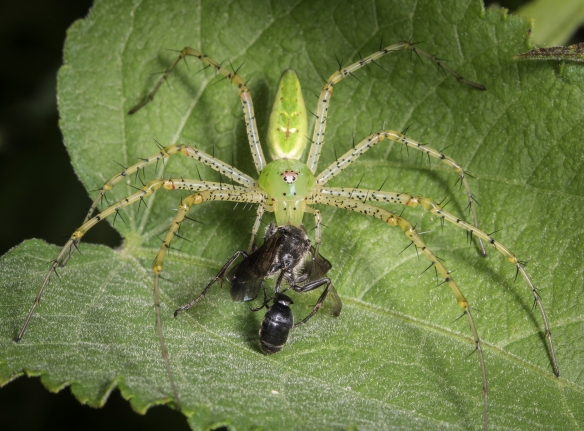
Green Lynx spiders are now large enough to easily see in the wildflowers, where they prey heavily on pollinators, including wasps and bees

Another Green Lynx with a fly. These active hunters do not build webs for capturing their prey, but instead pounce on them like a large cat

We had a lot of critters land on us during camp. This jumping spider (Hentzia sp.?) picked one of our more squeamish instructors to hitch a ride on.

An ant dragging a dead wasp. One camper told me “ants are the strongest animals in the world and they can carry over 10 times their own weight”. I googled it and found that ants are, indeed, incredibly strong and are believed to be able to carry 10-50 times their own weight (equivalent to a human lifting ~9000 pounds). Their body structure and movement are being studied by engineers in the hopes of designing powerful microbots to perform all sorts of tasks. Who is teaching who in this camp?

Our visit to the vernal pool in the woods yielded a variety of newly transformed amphibians. Eastern Narrow-mouthed toads, actually tiny toad-like frogs, were everywhere along the edge of the pool.
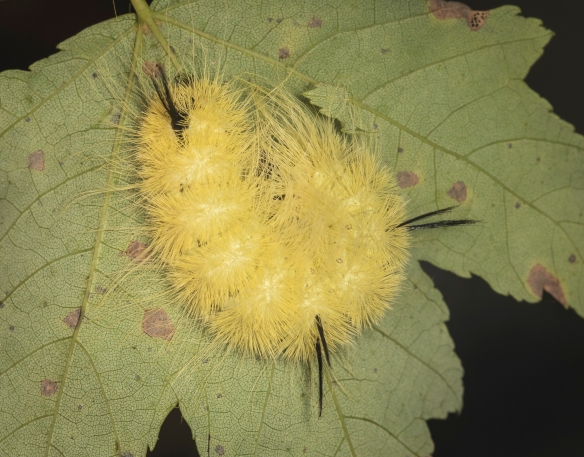
This American Dagger Moth caterpillar provided a lesson in being a naturalist and observing the world around you. I found some frass (insect poop) on the trail. After helping them figure out what it was, I asked the campers where to look for the caterpillar that made it. After a couple of guesses in all directions, one camper figured it out and pointed up. We brought it into the classroom to observe for a few days before releasing it back into the wild. The campers named this hairy caterpillar, “prickly pear”.














































